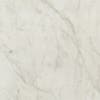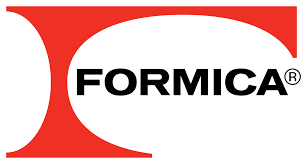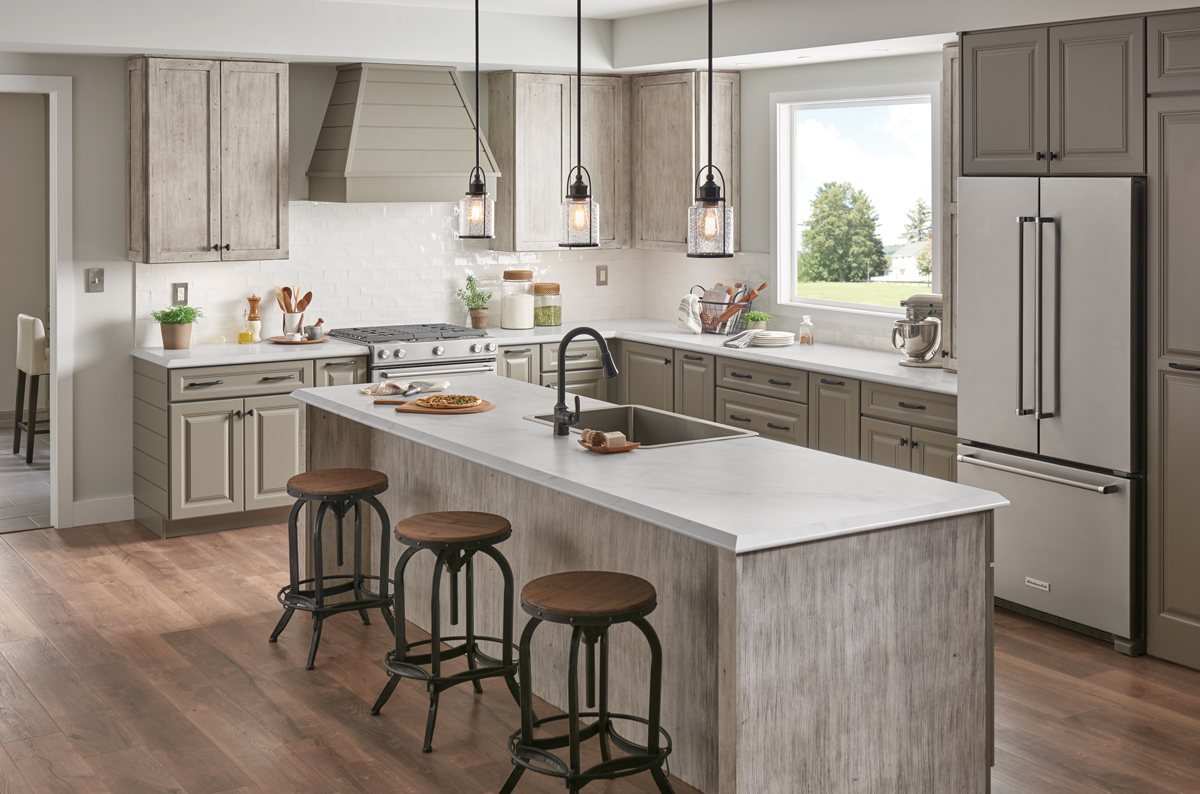Skip the $180-a-Square-Foot Calacatta for This $2.50 Alternative
How Formica Corporation gets its laminate to look just like the real thing.
Updated Oct 11, 2018 11:52 PM
We may earn revenue from the products available on this page and participate in affiliate programs.
We’re the first to admit that we fall hard for a look-for-less: peel-and-stick tiles, removable wallpaper, surfaces that only seem like pricey marble. Though the Formica® brand has been around for decades, even Domino’s Winter issue cover star, Leanne Ford, agrees there’s a good reason to consider it today.
Having launched just last year, Formica Corporation’s Living Impressions™ collection, which features a series of designs that capture the tactility and variation of natural materials, has quickly become one of its most popular. Developed from consumer research, the selection is composed of classic marbles in a palette of black, gray, and white—including a particularly realistic Calacatta, one of the most expensive marbles available at an average $180 per square foot.
“Though Formica’s existing Calacatta, Calacatta Marble, was designed 10 years ago, it is still very popular; it has a white background with heavy gray veining,” says the brand’s residential design lead, Gerri Chmiel. “What I’ve noticed recently is that there’s more variety in Calacatta; there are softer options with less veining. I wanted to create something that was for this time.”
Two Is Better Than One
Characterized by a warm gray background with hints of taupe, the new design, Calacatta Cava, melds the veining patterns of two separate stones. While scanning a stone or other material is commonly done to create Formica Corporation’s realistic patterns, this was the first pattern Formica Corporation designed by scanning two separate stones and combining the best parts of each. After Chmiel chose two slabs to be scanned and printed, the designs were marked up, edited, and refined in order to create a large repeat. Once the full-size print was reviewed and approved, a color prototype was printed and assessed to ensure the perfect balance in the final product.
Like all of Formica Corporation’s other patterns, including the collection’s hand-painted watercolor options, the design gets transferred onto a decorative layer of saturating grade paper, “which means it is very porous, because we want resin to flow through it,” Chmiel explains. It’s then topped with a clear overlay infused with melamine and phenolic resin and is pressed together, with layers of kraft paper underneath, by steel plates at high heat and pressure to create laminate. “The steel plates at the top and the bottom are textured, which is how we impart the finish to a design,” she adds.
Imperfections Are Perfect
“When I started at Formica 20 years ago, there was an expectation that laminate always had the perfect layout,” explains Chmiel. “Now we celebrate the imperfections. Because the 180fx® product is a larger-scale pattern, it gives you a lot of virgin material and limited repeat, so it looks much more realistic on a countertop or an island.” It’s also easy to maintain.
Resilient and multifunctional, “you just use soap and warm water on it,” says Chmiel, noting it’s ideal for these hygiene-focused times: “People see old installations of laminate, perhaps in their grandmother’s house, that’s 50 years old, and it’s worn through. If cared for, however, laminate actually lasts a very long time. It keeps its beauty and color.”




